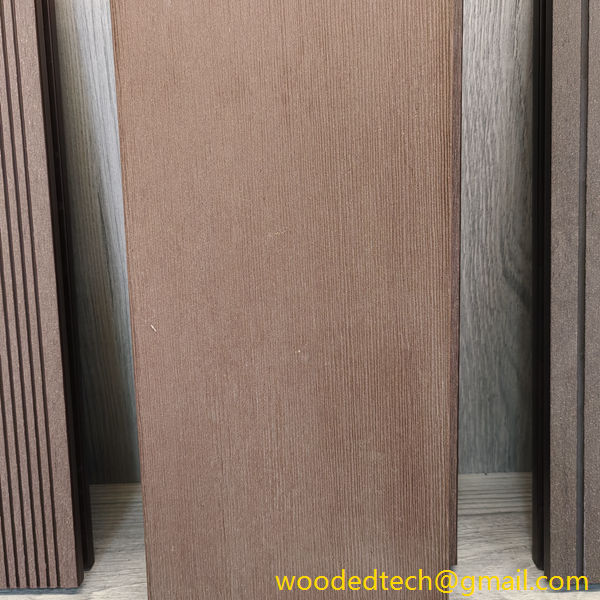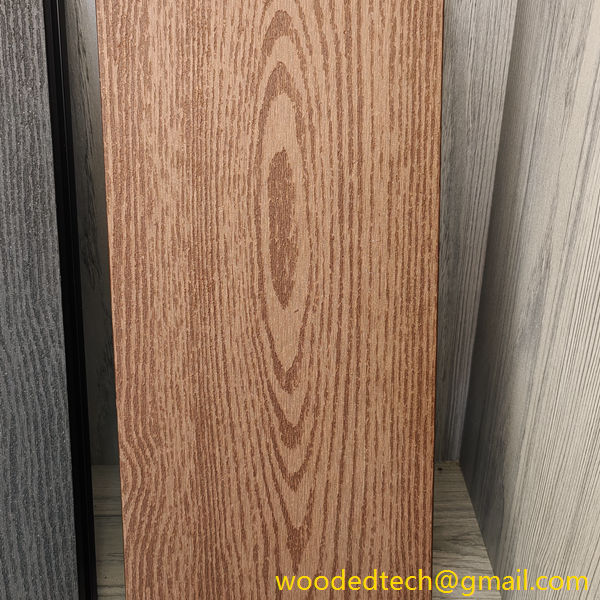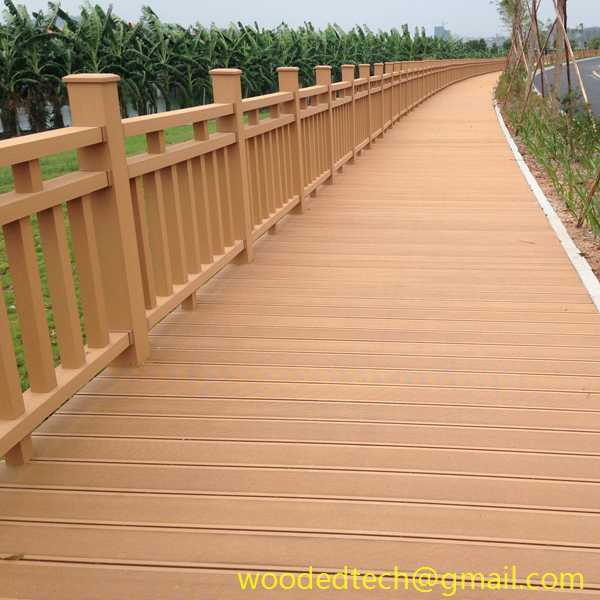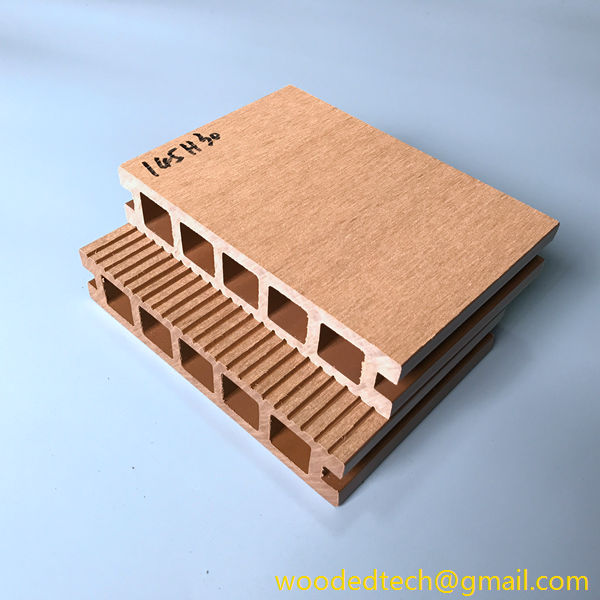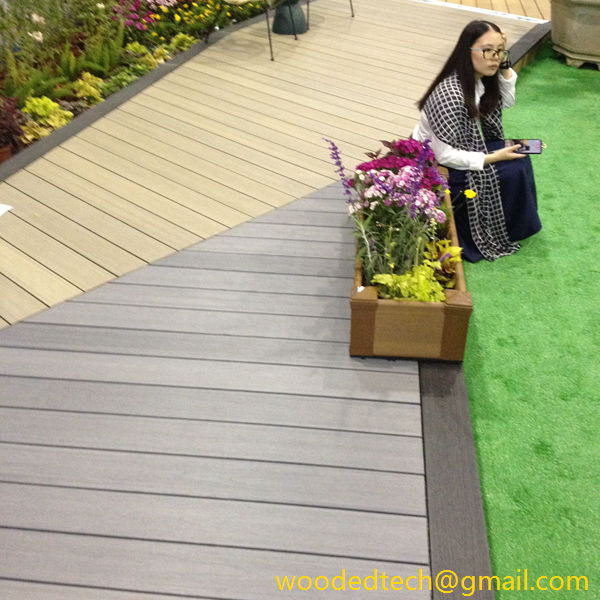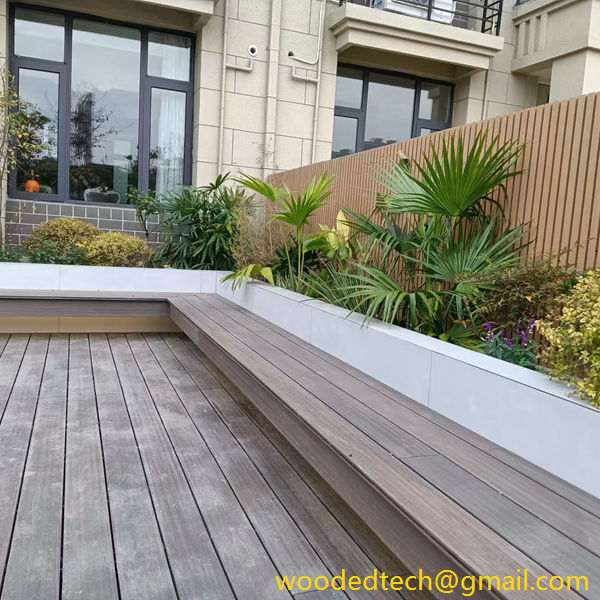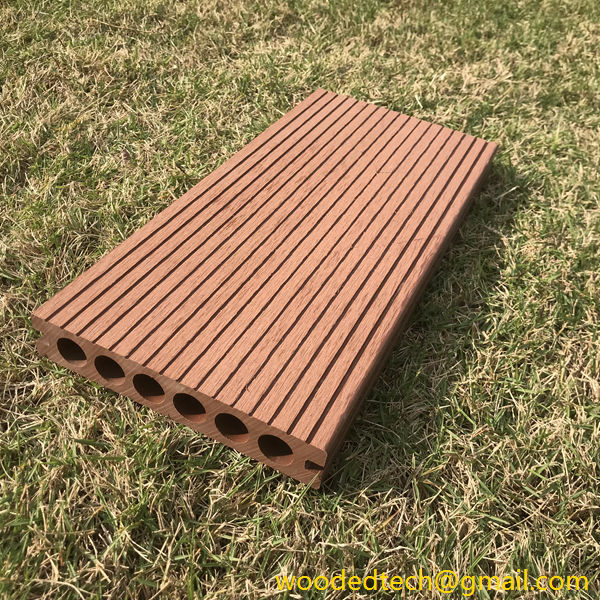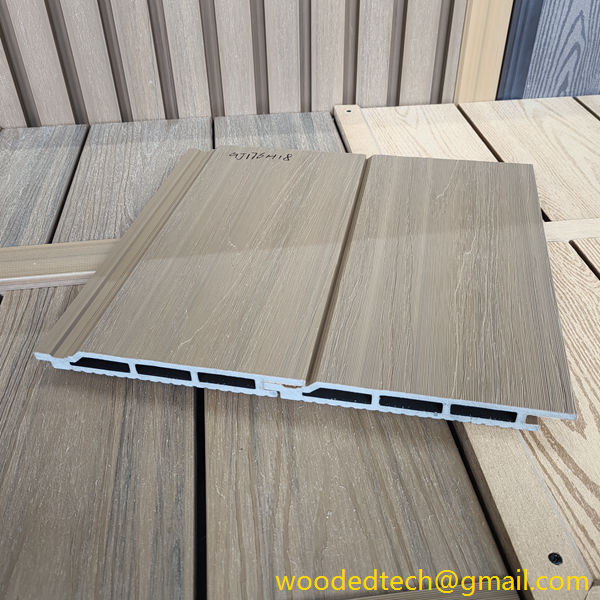WPC flooring, or wood plastic composite flooring, has become increasingly popular in recent years due to its unique combination of durability, aesthetic appeal, and cost-effectiveness. To understand WPC flooring pricing, it is essential to consider the various aspects of its production process, as well as the factors that influence its market value.
The production of WPC flooring involves a sophisticated manufacturing process that blends wood fibers and thermoplastic materials, typically polyvinyl chloride or polyethylene. The wood fibers used in WPC flooring can come from recycled wood, sawdust, or other wood by-products. This makes WPC flooring an environmentally friendly option, as it repurposes materials that might otherwise go to waste. The thermoplastic component provides the flooring with durability, water resistance, and flexibility, making it suitable for various appli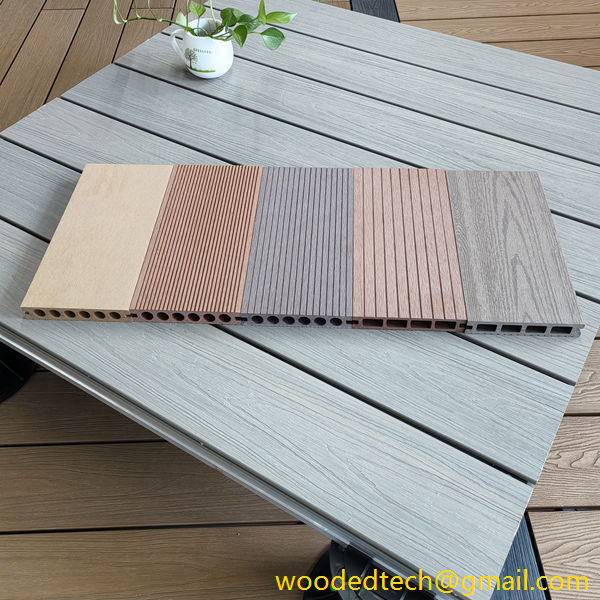
The first step in the production of WPC flooring is the preparation of the raw materials. Wood fibers are processed to achieve a consistent size and quality. This step is crucial, as the performance characteristics of the final product depend significantly on the uniformity of the wood fibers. The thermoplastic materials are also prepared, often involving a process called compounding, where additives are mixed in to enhance properties such as UV resistance, color stability, and anti-fungal capabilities.
Once the raw materials are prepared, they are combined in a specific ratio to achieve the desired properties. This mixture is then subjected to a process known as extrusion. During extrusion, the raw materials are heated and forced through a die to create continuous planks or tiles. This method ensures that the wood and plastic materials are thoroughly blended, resulting in a product with improved strength and durability.
The next stage involves cooling and cutting the extruded material into the desired lengths and widths. This is where manufacturers can offer various styles and thicknesses of WPC flooring, catering to different consumer preferences and market demands. Quality control is critical during this stage, as inconsistencies in size or finish can impact the overall quality and appearance of the flooring.
After cutting, the flooring planks or tiles undergo additional finishing processes. These can include surface treatments that enhance texture and appearance, such as embossing or printing wood-like patterns. The final product is then subjected to rigorous testing to ensure it meets industry standards for performance, such as resistance to moisture, wear, and fading.
When it comes to pricing, multiple factors influence the cost of WPC flooring. The raw materials used in production play a significant role. High-quality wood fibers and advanced thermoplastics can increase production costs, which may be reflected in the final retail price. Additionally, the manufacturing process itself can vary in complexity and efficiency. Manufacturers who invest in state-of-the-art technology and machinery may incur higher initial costs, but they can also produce flooring more efficiently, potentially lowering prices in the long run.
Market demand is another crucial factor affecting WPC flooring prices. As consumers become more environmentally conscious and seek sustainable flooring options, the demand for WPC products has risen. This increased demand can lead to higher prices, especially if production capacities do not keep pace. Regional differences in demand and supply can also create price fluctuations, as some areas may have a higher preference for WPC flooring than others.
Another aspect to consider is the competition among manufacturers. A saturated market with multiple suppliers can drive prices down, as companies compete to attract consumers. Conversely, if there are only a few manufacturers producing WPC flooring, they may have more control over pricing, resulting in higher costs for consumers.
Additionally, as with any product, brand reputation can play a role in pricing. Well-established brands that are recognized for quality and durability may charge a premium for their products. Consumers often associate higher prices with better quality, which can influence purchasing decisions.
In summary, the price of WPC flooring is influenced by various factors related to its production process and market dynamics. The quality of raw materials, the efficiency of manufacturing processes, market demand, competition among suppliers, and brand reputation all contribute to the final pricing of WPC flooring products. Understanding these factors can help consumers make informed decisions when comparing prices and selecting the right flooring solution for their needs. As the popularity of WPC flooring continues to grow, it is essential for potential buyers to consider both the cost and the value offered by different products in the marketplace.

